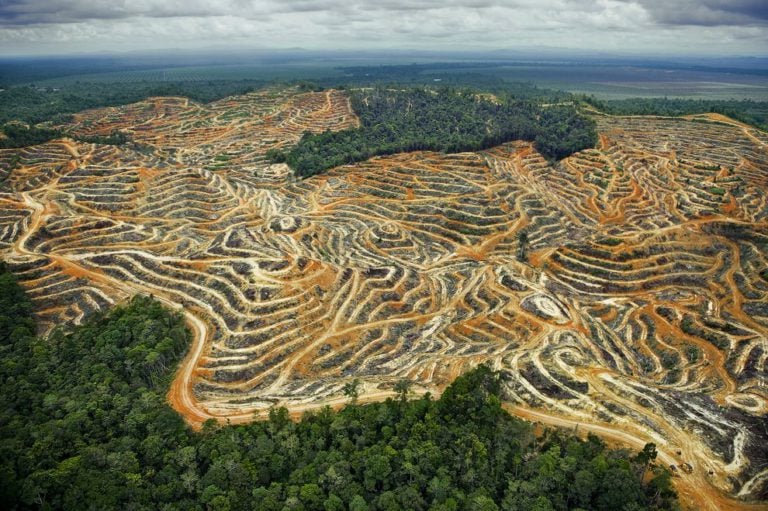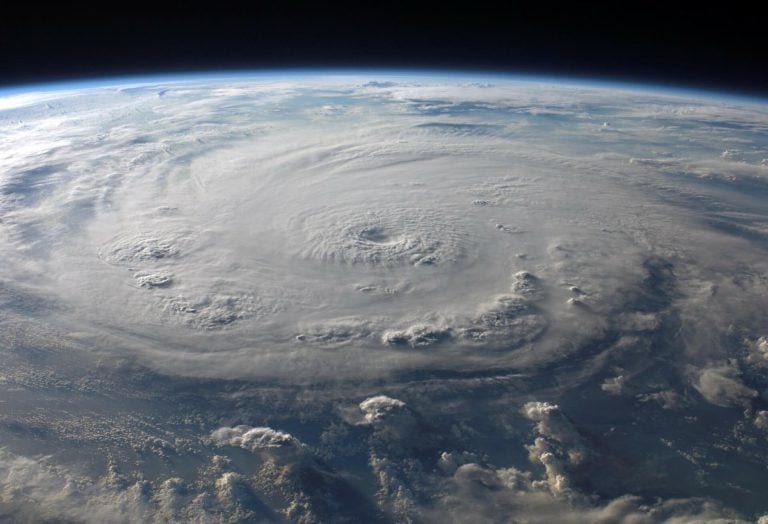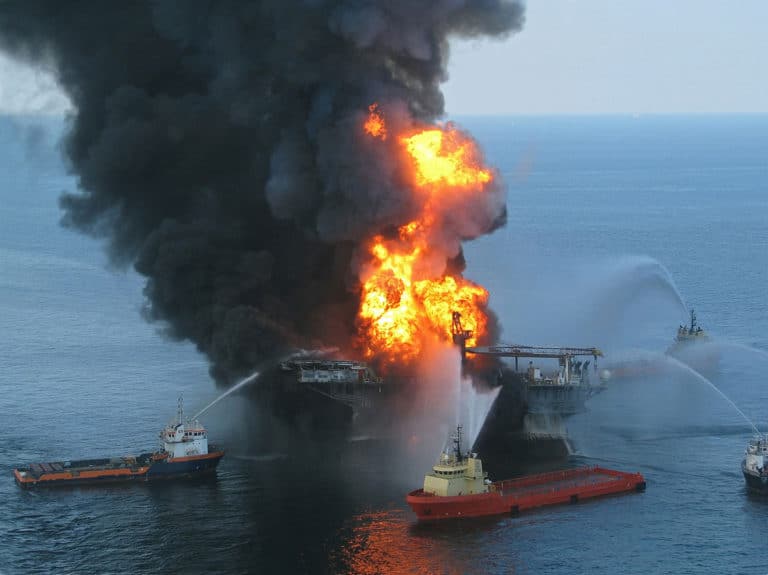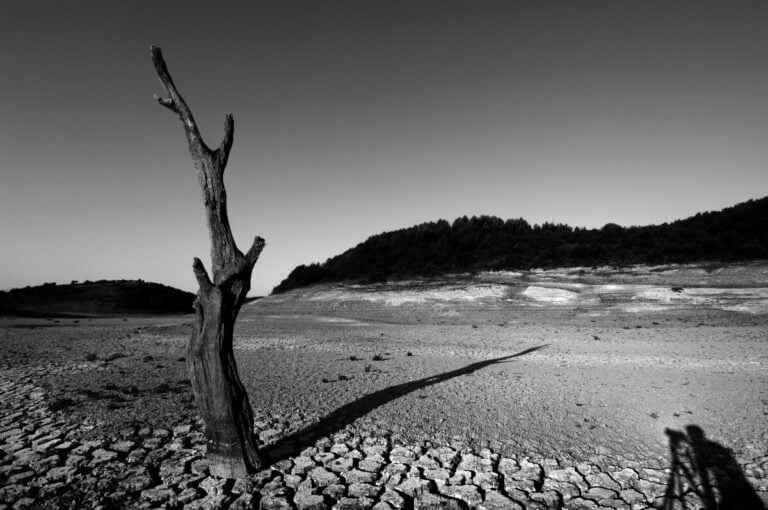The ecological condition of the earth continues to deteriorate. The environmental crisis covers literally all areas.
More and more difficulties arise with fresh water. In many places it is simply not enough. In some places, even if there is an abundance of it, its quality is far from the requirements. There are also problems with air. It happens that cities are covered in smog, which not only complicates visibility, but is also dangerous for all living things.
Manifestation of the global environmental crisis
For the first time, people actively started talking about environmental problems in the 60s and 70s of the last century. Over the next decade, the tone of conversation changed. Now he had more concerns about the state of the planet, about the life of future generations.
Gradually, the environmental problem has become one of the most pressing. Constant environmental pollution is increasingly affecting people living not only in big cities, but also in places where, it would seem, nothing could disturb the state of nature. Without any conventions, we can currently talk about an environmental crisis that is gradually covering the entire planet.
Causes of environmental crises
Among the main reasons for the changes that have already begun, one should mention the degradation of the quality of the environment, its changes leading to complications in the survival of flora and fauna. This, for example, is a sharp decrease in precipitation in certain areas and an increase in air temperature.
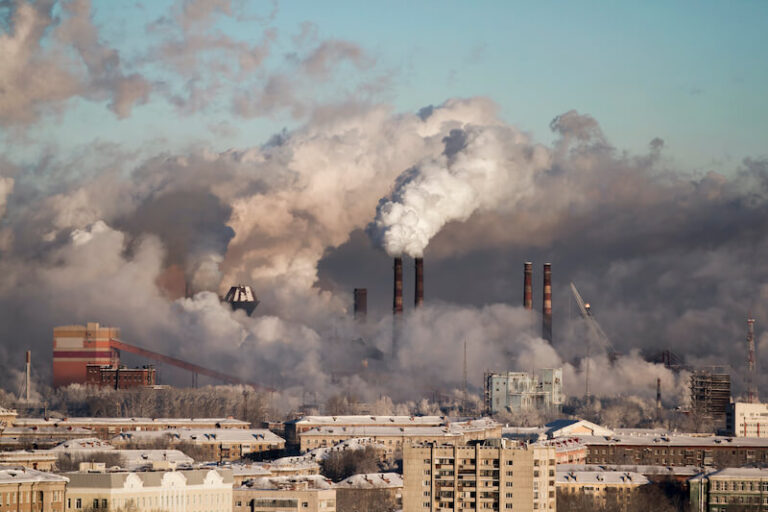
The direct consequences of human activity also have an impact on the environment. These include pollution of water bodies with industrial waste, air pollution due to emissions of toxic substances, increased radioactive background due to emissions during accidents at such facilities or due to violations in the storage of hazardous substances.
The latter has four components:
- formation of ozone holes
- pollution of the earth with super-ecotoxicants,
- development of the greenhouse effect
- acid rain.
All these components have long moved from local to global levels. The environmental crisis has become a concept that concerns every person living on the planet.
Main causes of the environmental crisis:
- the paucity of environmental scientific knowledge about natural resources, the laws of nature and the processes of interaction between the environment and humans;
- lack of professional environmental knowledge;
- a barbaric method of production, which can be characterized by the irrational use of natural resources without simultaneously resolving issues of their storage;
- insufficient allocation of financial resources for environmental protection measures;
- resource path of economic development, high degree of wear and tear of fixed assets, high share of the “shadow” economy in the use of natural resources, “localism”;
- low efficiency of environmental management mechanisms
- a person’s opinion about the limitlessness of natural resources and self-purification processes,
- low level of environmental consciousness and culture of the population of the states.
Signs of an environmental crisis
There are quite a lot of such signs confirming that the planet is in a state of ecological crisis. First of all, we should mention the gradually changing climate. The main reason for this is the changes that occur in the atmosphere. We are talking about a violation of the ratios of gases in the atmosphere.
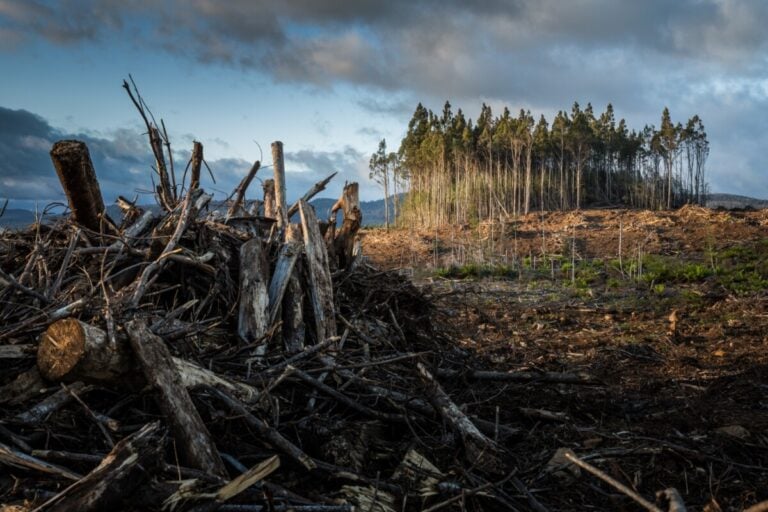
Of course, one cannot help but mention the factor of destruction of the ozone screen. This occurs over various areas, but most significantly over the poles.
As river flows are disrupted by existing and new dams, fish spawning patterns are changing. The connection between the oceans and water basins on land is being disrupted.
Due to the release of highly toxic substances into the atmosphere, it becomes polluted. The result is, among other things, acid rain, which disrupts ecosystems over a large area.
Emissions of industrial waste pollute not only water bodies, but also penetrate into groundwater. As a result, toxic substances, including dioxides, heavy metals and phenols, poison the water and make it unfit for drinking.
Due to many reasons, the soil, fertile layer degrades and becomes unsuitable for agricultural production. Active erosion and accompanying changes turn fertile lands into deserts.
Man-made accidents and the burial of radioactive waste contaminate large areas and remove them from crop rotation. Industrial waste and household waste occupy huge areas.
The imbalance in the atmosphere also occurs due to the fact that the areas of northern and tropical forests are declining.
Consequences of the environmental crisis
The environmental situation is becoming increasingly unfavorable for people. According to World Health Organization, about seven million people die every year due to air pollution. According to this organization, changes in the atmosphere are the main reason for the increase in cancer.
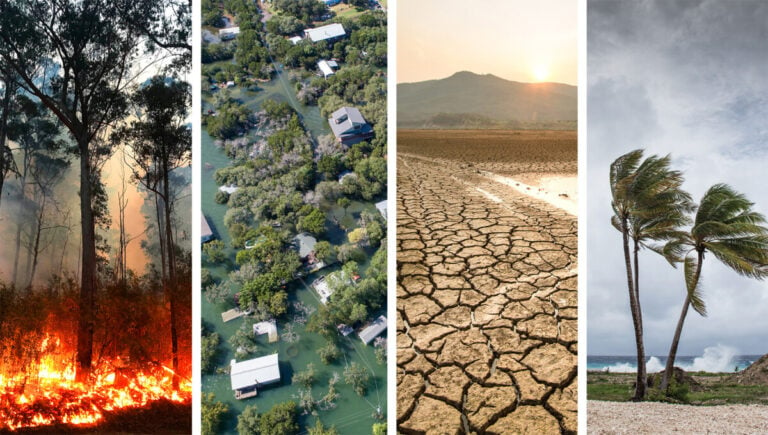
The atmosphere is polluted by industrial enterprises and transport. The combustion of household and industrial waste also plays a role. The air is polluted with dust and soot, and it is also saturated with harmful chemicals. It is also contaminated with radioactive substances.
The most emitted into the atmosphere are nitrogen oxides, carbon oxides, ammonia, sulfur dioxides, lead, heavy metals, and hydrocarbons. Carbon dioxide emissions contribute significantly to the greenhouse effect. And this leads to global climate change.
A decrease in ozone concentration leads to a significant increase in ultraviolet radiation. This negatively affects people’s health. Animals suffer from such radiation.
Due to emissions of sulfur dioxides and subsequent acid rain, the acidity of water in lakes, rivers and the ocean increases. This leads to the extinction of plants and animals. Reservoirs, primarily lakes and reservoirs, become swamped. Forests are also degrading. Coniferous trees suffer the most. Unlike deciduous trees, they do not renew their crowns every year. That is, the damaged needles do not fall off and are not replaced by new ones.
Acid rain also affects agricultural production. Acid not only destroys plants, but also mineralizes the soil.
Serious harm is caused to human health. First of all, acid rain provokes respiratory diseases. And this affects the general condition of people.
Currently, the degree of pollution of some water bodies has reached alarming levels. According to WHO, almost 80% of diseases are caused by poor quality drinking water. It is saturated with heavy metals, nitrates, petroleum products, and microorganisms. Because of this, not only people suffer, but also the inhabitants of water bodies.
Examples of environmental crises
Types of environmental crises: global and local. A global environmental crisis cannot appear out of nowhere. It becomes a consequence of local crises. Their consequences overlap each other, and the consequences acquire planetary proportions.
Accident at the Chernobyl nuclear power plant
An example of a man-made disaster that caused a local environmental crisis is the accident at the Chernobyl nuclear power plant in 1986.
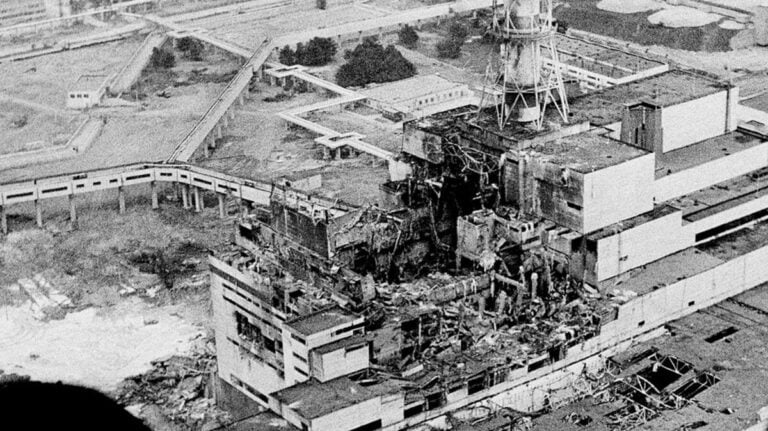
It is regarded as the largest in the entire period since the advent of nuclear energy. The death toll then was 134 people, 115 thousand people were evacuated. More than 600 thousand people took part in eliminating the consequences of the accident. The exact number of those who suffered from the received dose of radiation has not been established. It is only known that the number of deaths later from radiation sickness reached at least 4 thousand.
During the accident, radioactive materials were released, which were carried by winds to areas remote from the site of the disaster. They were noted not only on the territory of Ukraine, but also in Belarus and Russia.
Environmental disaster at the Bhopal chemical plant
Another example. In 1984, a man-made disaster occurred at the Bhopal chemical plant.
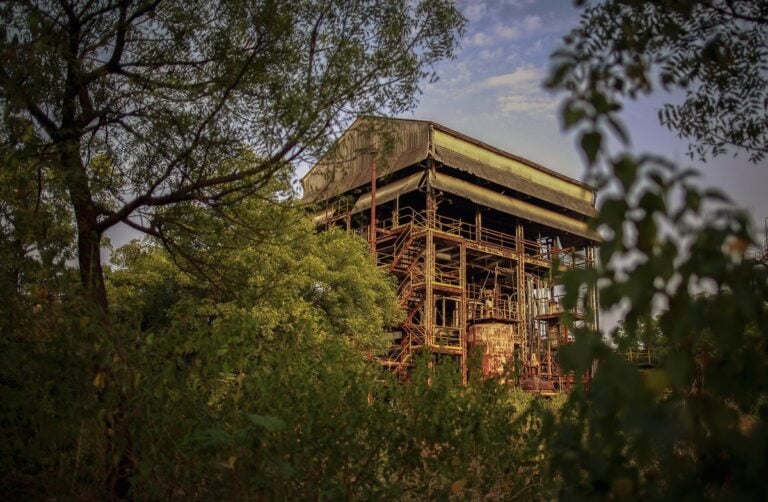
In this case, 3 thousand people died. The consequences were such that within a short time another 15 thousand died. But the consequences did not end there. According to some reports, over the following years the death toll was 150 thousand. However, some sources give a different figure – 600 thousand.
Disappearance of the Aral Sea
A local environmental catastrophe covering a vast territory is still occurring today.
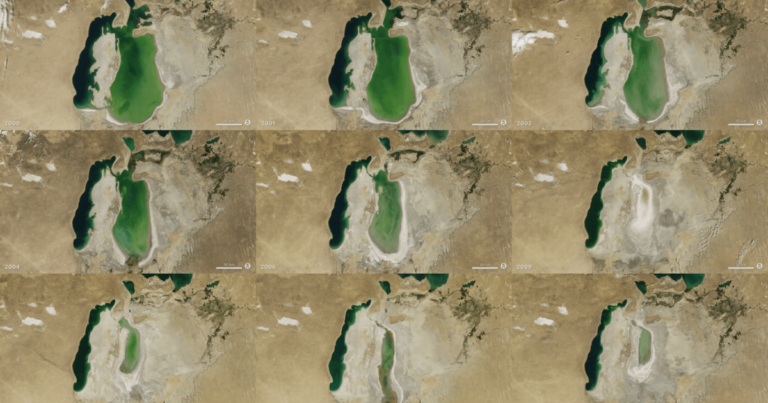
We are talking about the Aral Sea. Its area began to decrease back in the 60s of the last century. Social and climatic phenomena, as well as other factors, are cited as reasons. The withdrawal of water from the rivers feeding the sea by Kazakhstan, Turkmenistan and Uzbekistan played a huge role. As a result, very little remains of the reservoir, which previously occupied the fourth largest area. The areas nearby were contaminated with salt.
Ways to solve the environmental crisis
To solve problems associated with modern environmental crises, countries around the world need to develop and implement measures aimed at a new level of relationships between man and nature. Of great importance are such areas as the development and creation of new technological processes that ensure that waste does not enter the environment.
This means that it is necessary to include in the economies of countries the costs of ensuring the reduction and elimination of emissions during industrial production.
Legislation providing for liability for violations will also play a role in this. As practice shows, large fines imposed on enterprises that allow emissions of harmful substances force them to take measures to prevent such incidents in the future. As for the amounts received, they can be used to support measures to protect the environment and restore it.


